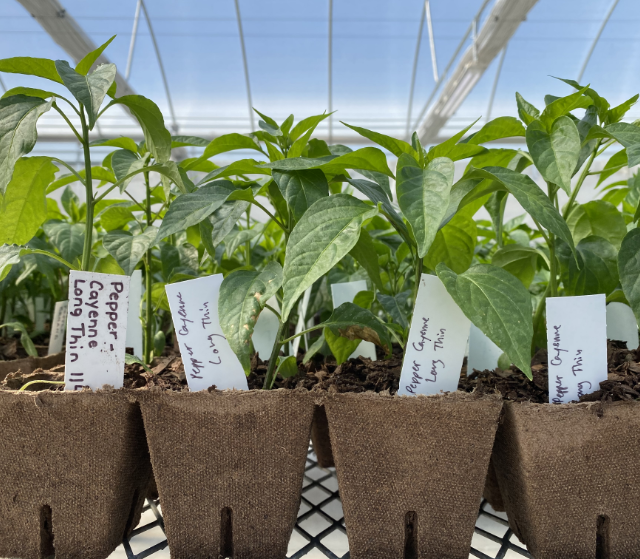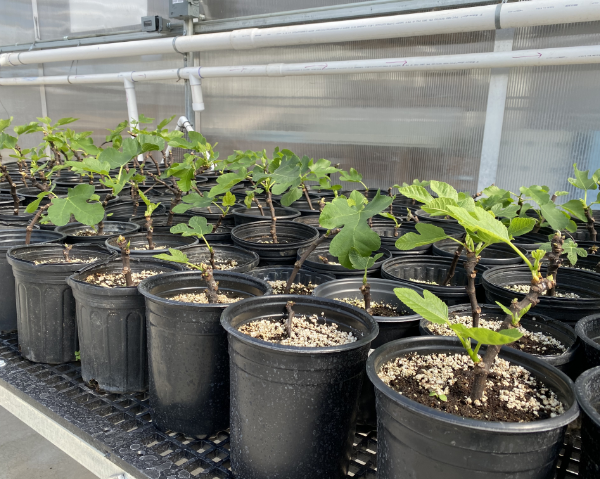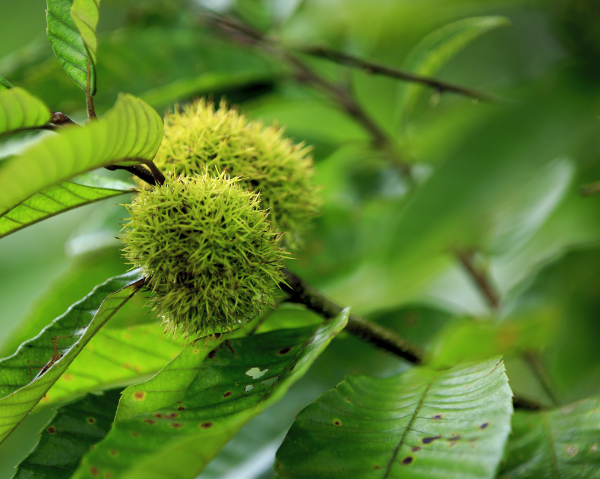Plant nursery
Surround yourself with nature.
Plants add vitality and balance to our daily lives. They give us joy, calm and a sense of peace.
Our greenhouse is growing great things to bring into your indoor or outdoor plantscapes including edible fruits, nuts and herbs, as well as perennial flowers and much more.
To help your new plant-friends thrive, we’ve put together a few gardening tips below.
Tomatoes & Peppers
BASIC CARE:
Sunlight: Full sun
Temperature: Does not tolerate frost
Water: Water 1-2 inches per week if needed in the morning and avoid watering leaves to avoid disease
Planting Notes: Space 24 inches apart, stake or cage plant for support
Culinary Herbs
BASIC CARE:
Sunlight: Full sun to part shade
Temperature: Most are frost tender
Water: For best flavor, only water herbs when plant wilts and soil is dry
Planting Notes: Space 12 inches apart
Fig Trees
BASIC CARE:
Sunlight: Full sun
Water: Water young fig trees regularly to help them become established and in areas with dry climates, water fig trees deeply at least once a week
Planting Notes: Plant in well-drained soil
If your area experiences a particularly cold winter, fig trees planted outdoors may die back to the ground. If the tree is of a hardy variety, the below-ground part of the tree will likely be unaffected. Remove all dead wood while the tree is still dormant and watch for new growth in the spring.
Harvesting Figs
You should harvest figs only when they are fully ripe, as they will not continue to ripen off the tree. The figs should be fully colored and slightly soft to the touch. You may need to invest in bird netting to protect your crop; figs are a favorite of birds and squirrels. When picking figs, wear gloves or long sleeves because the sap from the fig tree can irritate your skin.
Storing Figs
Figs are very perishable. Store figs in the refrigerator; they will keep for 2 to 3 days. For long-term storage, you can freeze figs whole for later use. Another storage method is to dry the figs. You can also can your own figs.
Chinese Chestnut Trees
BASIC CARE:
Sunlight: Full sun
Water: Water young chestnut trees regularly to help them become established, mature trees are drought-tolerant
Planting Notes: Plant in well-drained soil
This tree should be planted in pairs or groups to ensure pollination and yields a ripened nut crop mid/late September through October. A prickly 2–3½” seed husk encloses 1-4 nuts. The nuts are large, meaty, crisp, and sweet, although less sweet than American chestnuts. It begins to bear nuts in 4–5 years if grown from seed. While the chestnuts are valuable for human consumption, they are also valuable as food for wildlife.
This tree grows in a rounded shape and provides dense shade with a handsome, spreading canopy. It features simple, alternate leaves that are 3–5″ in length and dark green in color with a toothed margin. This tree has wood that is very durable and resistant to rot and is highly resistant to chestnut blight.





